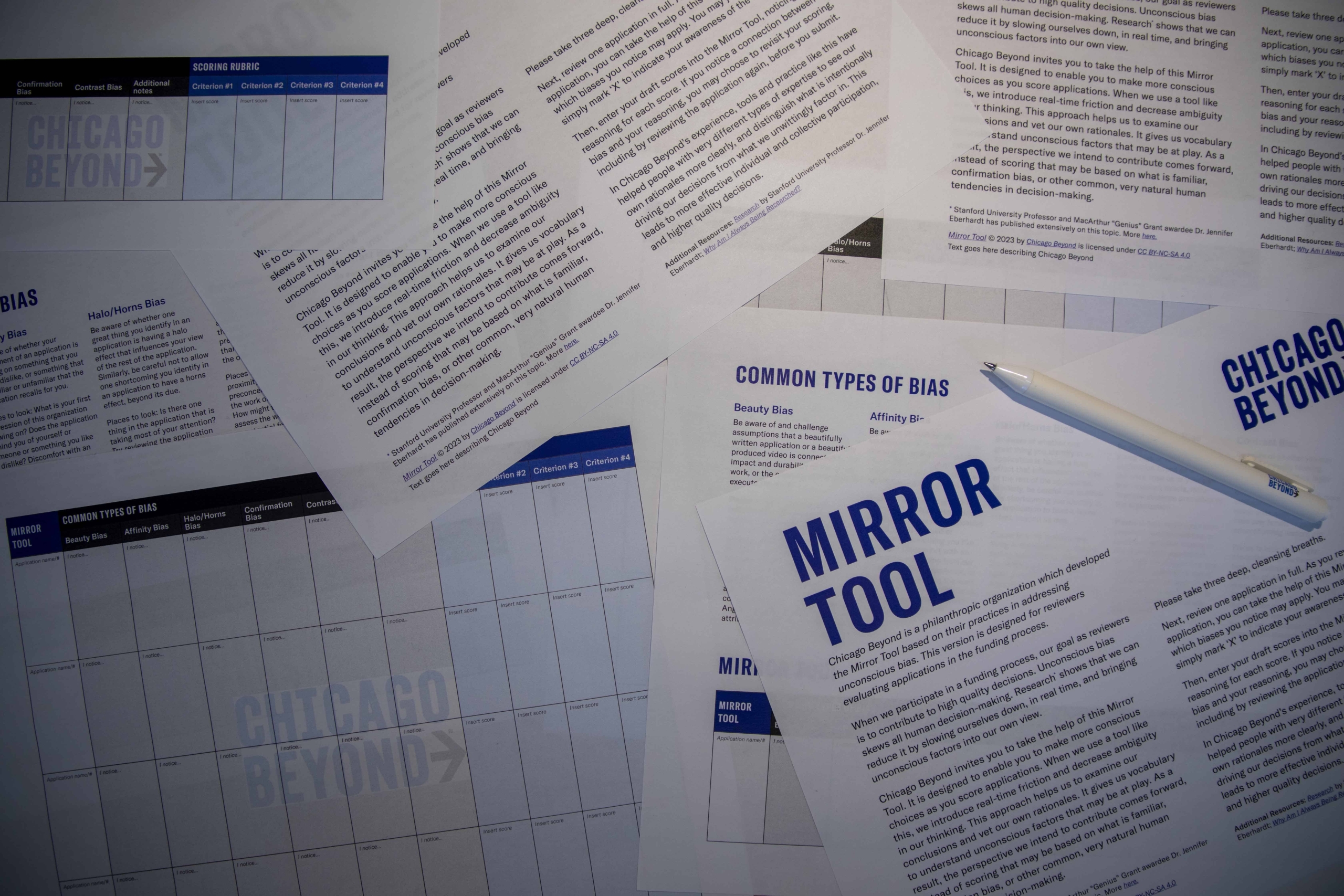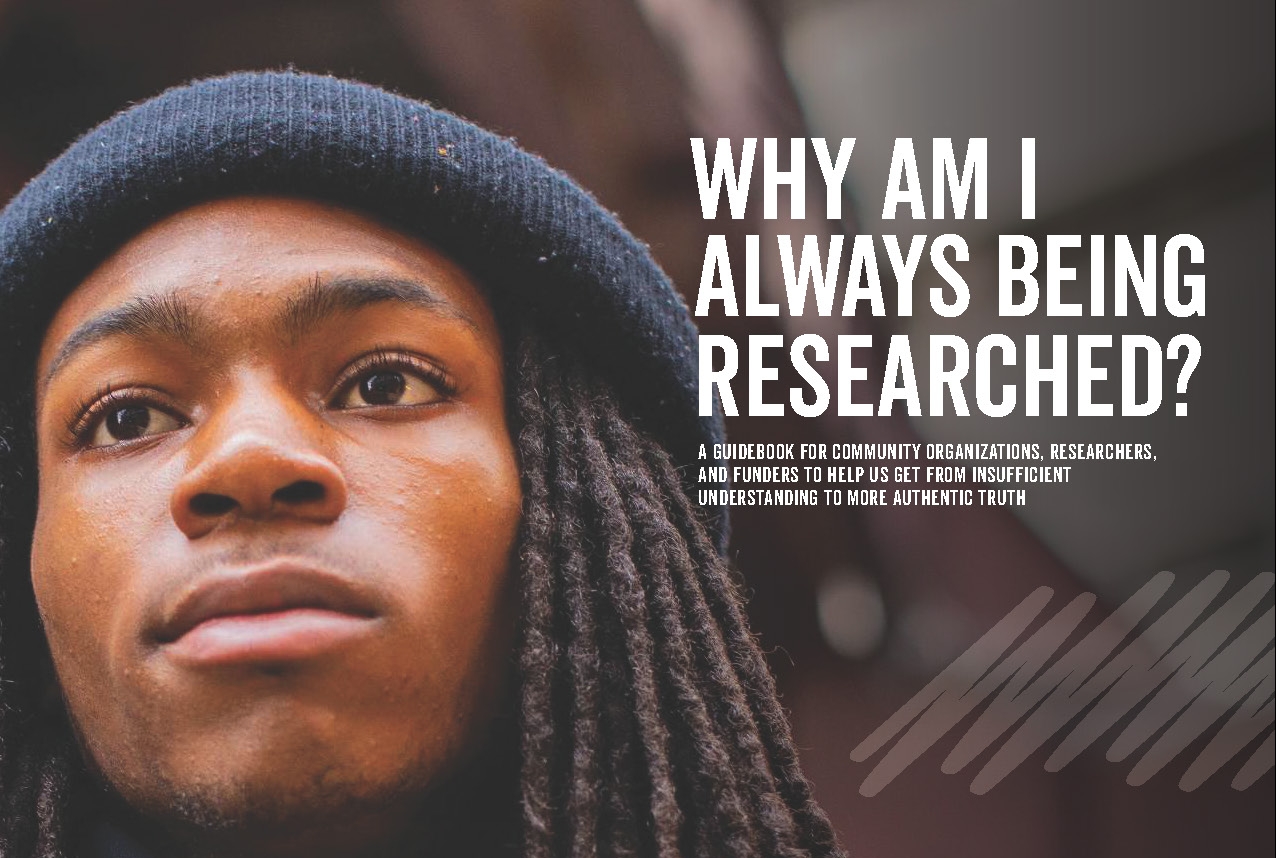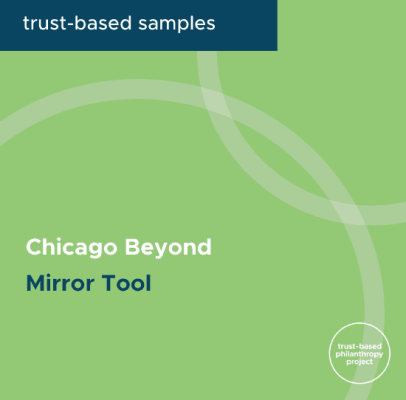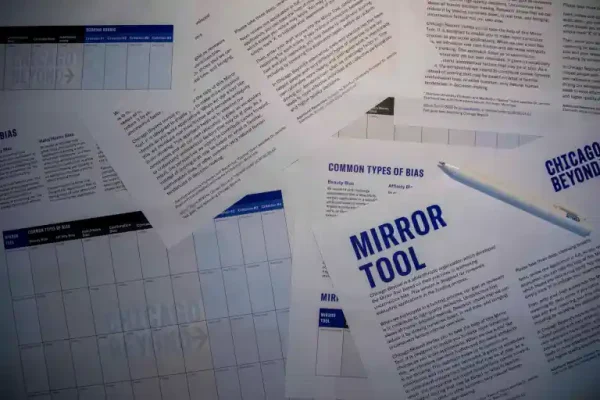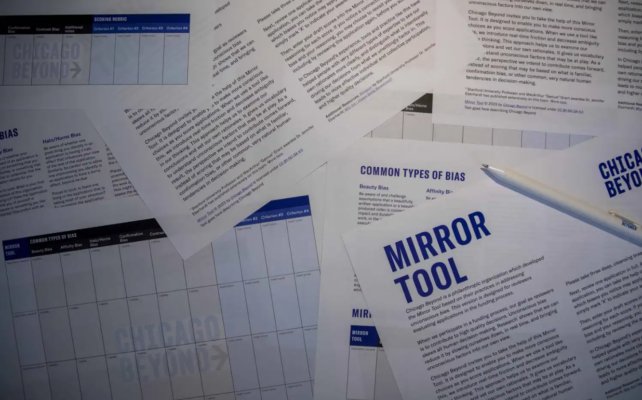
September 9, 2024
NCFP: Using the Mirror Tool to Minimize Unconscious Bias in Grantmaking and Fund Leaders Closest to the Issues
In the first three years of Chicago Beyond's existence, only 14 percent of our multi-year grants were directed toward BIPOC-led organizations and only 4 pe
Read More
